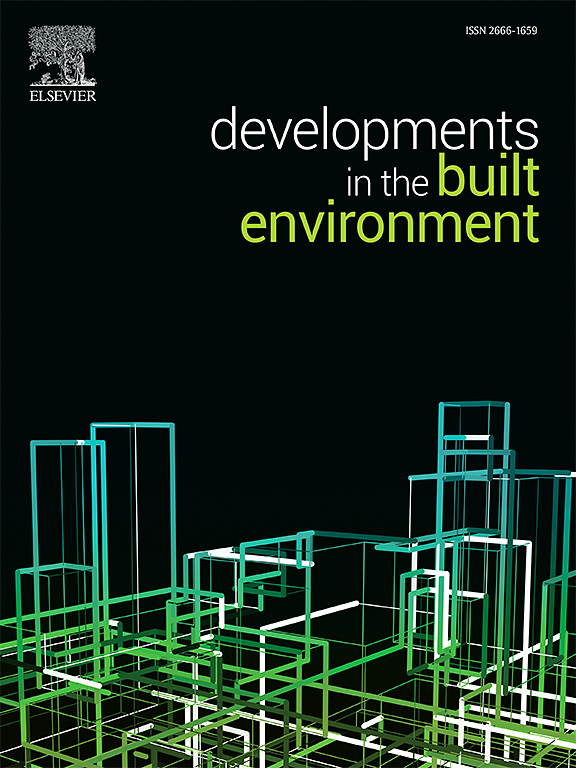Analysis of influence of seismic impact on evacuability in subway stations
IF 8.2
2区 工程技术
Q1 CONSTRUCTION & BUILDING TECHNOLOGY
引用次数: 0
Abstract
Disasters in subway systems pose significant threats to urban safety, particularly as urban transportation increasingly relies on underground public transport networks. This study aims to assess the impacts of seismic events on subway station structures and their evacuation routes, focusing on a human-centric approach to disaster preparedness. Using PLAXIS 2D for dynamic numerical simulations and the Dijkstra Algorithm for evacuation modeling, this research investigates how structural damage from earthquakes affects the evacuability of subway stations. The findings highlight that as earthquake magnitude increases, evacuation routes become significantly more constrained, leading to a sharp rise in evacuation difficulty and potential bottlenecks, thereby exacerbating the risk of casualties. Additionally, the analysis found that structural sections located on softer ground are more susceptible to severe damage, further impeding evacuation efforts. By addressing the practical implications of seismic impacts on evacuation routes, this work provides comprehensive insights into the risks faced by subway station occupants during seismic events. The study offers insights for enhancing emergency response strategies and underscores the necessity for a multidisciplinary approach to disaster preparedness, integrating structural engineering and evacuation route design to ensure the safety and resilience of urban subway systems during emergencies.
地震对地铁站疏散能力的影响分析
地铁系统的灾害对城市安全构成了重大威胁,特别是在城市交通日益依赖地下公共交通网络的情况下。本研究旨在评估地震事件对地铁车站结构及其疏散路线的影响,重点关注以人为本的防灾方法。利用PLAXIS 2D进行动态数值模拟,利用Dijkstra算法进行疏散建模,研究地震对地铁车站结构破坏的影响。研究结果强调,随着地震震级的增加,疏散路线明显受到限制,导致疏散难度和潜在瓶颈急剧上升,从而加剧了人员伤亡的风险。此外,分析发现,位于较软土地上的结构部分更容易受到严重破坏,进一步阻碍了疏散工作。通过解决地震对疏散路线影响的实际影响,本工作提供了对地震事件中地铁站乘客面临的风险的全面见解。该研究为加强应急响应策略提供了见解,并强调了采用多学科方法进行备灾的必要性,将结构工程和疏散路线设计相结合,以确保城市地铁系统在紧急情况下的安全性和弹性。
本文章由计算机程序翻译,如有差异,请以英文原文为准。
求助全文
约1分钟内获得全文
求助全文
来源期刊

Developments in the Built Environment
Multiple-
CiteScore
7.40
自引率
1.20%
发文量
31
审稿时长
22 days
期刊介绍:
Developments in the Built Environment (DIBE) is a recently established peer-reviewed gold open access journal, ensuring that all accepted articles are permanently and freely accessible. Focused on civil engineering and the built environment, DIBE publishes original papers and short communications. Encompassing topics such as construction materials and building sustainability, the journal adopts a holistic approach with the aim of benefiting the community.
 求助内容:
求助内容: 应助结果提醒方式:
应助结果提醒方式:


